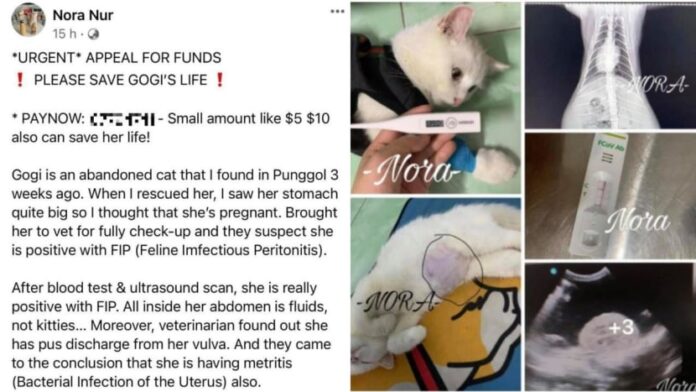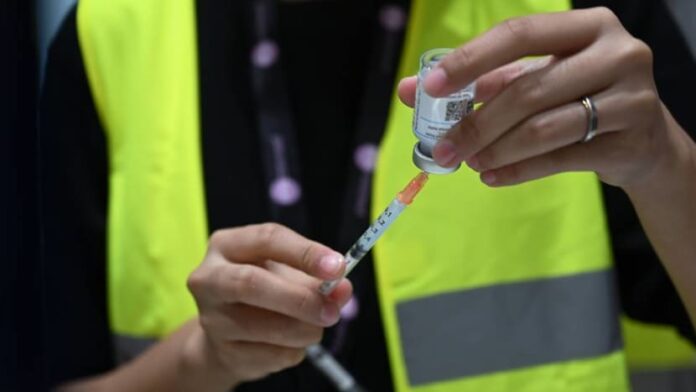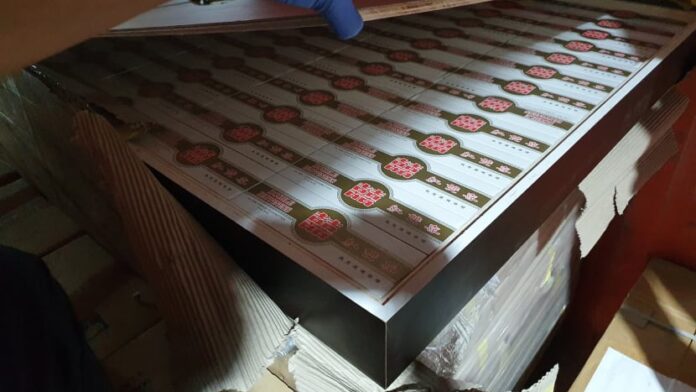Singapore: The recovery of the 6% subsidy levied on the resale of apartments in the first housing project under the Prime Land Housing (PLH) model has aroused different opinions among real estate analysts. Some people think this is “reasonable”, while others say Indicates that it is not high enough.
The callback percentage is a highly anticipated detail in the new PLH model, which was announced on Wednesday (November 17) for the upcoming project in Rochor.
This means that the owners of the upcoming units in the Rochor project must pay the Housing and Development Board (HDB) the resale price or 6% of the apartment valuation, whichever is higher, when selling the house.
The introduction of a rebate that only applies to the first resale is to address concerns about “excessive windfall gains” caused by additional subsidies.
The Rochor project is expected to be completed in 2028 and is part of the HDB’s build-to-order (BTO) plan in November.
Excluding traditional housing subsidies, prices for these units start at S$409,000 for a three-bedroom apartment and S$582,000 for a four-bedroom apartment. The project has 960 three-bedroom and four-bedroom apartments.
“A lot of money”
Ms. Christine Sun, senior vice president of research at OrangeTee & Tie, said the 6% recovery rate “seems reasonable.”
She said this is because the resale price of HDB flats has risen across the board in the past decade-the price has risen by 9.1% so far this year.
Considering that these apartments will be on the market around 2038, after a longer construction period and a 10-year minimum occupancy period (MOP), she said: “PLH apartments are likely to achieve a 17-year price increase of more than 6%.”
Breaking down the recovery rate, Ms. Sun said that a four-bedroom PLH apartment sold for S$1.2 million in the future will receive about S$72,000. “The owner can still enjoy a gross profit of at least S$500,000.”
She also stated that this percentage “can’t be too high because buyers face stricter sales standards and longer MOPs compared to other BTO owners.”
PropNex CEO Ismail Gafoor said that the 6% recovery rate “is not a small amount considering the benefits of the location and the potential capital appreciation that the apartment will gain.” Nonetheless, he believes it is sufficient of.
Not all analysts feel the same. Mr. Nicholas Mak, head of research and consulting at ERA Realty, said that this percentage “seems to be a bit low.”
Although there is no direct equivalent to the recovery of subsidies in the private real estate market, Mr. Mak said that the closest tax may be the seller’s stamp duty, with tax rates ranging from 4% to 12%, aimed at preventing speculative purchases.
Therefore, he had estimated that the “midpoint” figure was about 8%.
Mr. Mai added that the restoration of subsidies has weakened the “lottery effect” of apartments in prime locations to a certain extent. But according to estimates, “PLH apartment buyers can still make substantial profits from their apartments in the future,” he said.
For Mr. Lee Sze Teck, head of research at Huttons, “it’s hard to say whether the rebate is fair” because there is no precedent.
He added: “We need to know what the additional subsidy is. If it is six figures and the rebate is only 6%, then we can make a judgment, but now…part of the equation is opaque.”
The authorities told CNA last month that the subsidy recovery rate will “reflect the degree of additional subsidies provided at the time of launch” and that the same recovery rate will apply regardless of when the apartment is resold in the future.
National Development Minister Desmond Lee also warned that in the future, the percentage may be adjusted for other projects based on market conditions and required subsidies.
What will happen to the demand?
Among the units launched at the BTO event in November, the Rochor unit has the highest price range for a four-bedroom unit and the longest completion time of 71 months. The four-bedroom unit is also smaller than the usual 90 square meters.
In addition to imposing stricter resale restrictions on these PLH apartments, Ohmyhome analyst Mohan Sandrasegeran believes that some buyers, such as young couples, may turn their attention to immature real estate.
But overall, the demand for the Rochor project is expected to remain strong.
Ms. Sun of OrangeTee & Tie said that given the convenience of the location and its proximity to the central business district, it will still attract many buyers.
“Some people may also like the prestige of living in the city center, or (want) to enjoy price appreciation for a long time. Some people may also like the’novelty of the entire PLH model’ and hope to have a first-mover advantage and become a pioneer in owning PLH apartments. Second-rate.”
Mr. Ismail of PropNex added that these units are still “relatively affordable” and are even comparable to those offered by Kallang and Whampoa, with a four-bedroom unit priced at S$511,000 (excluding grants).









